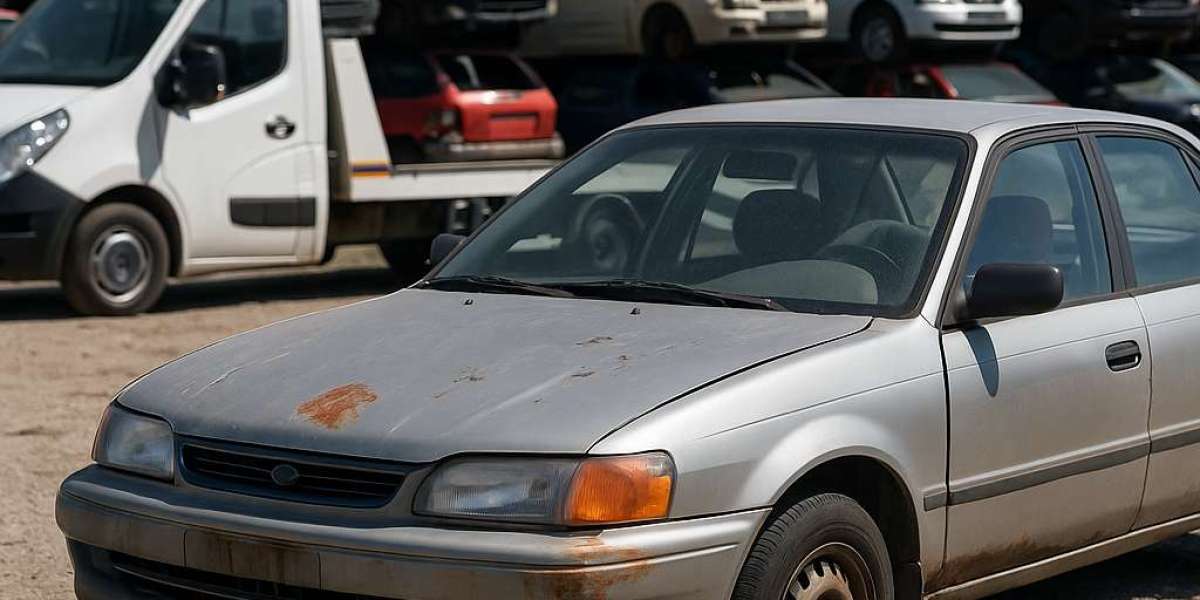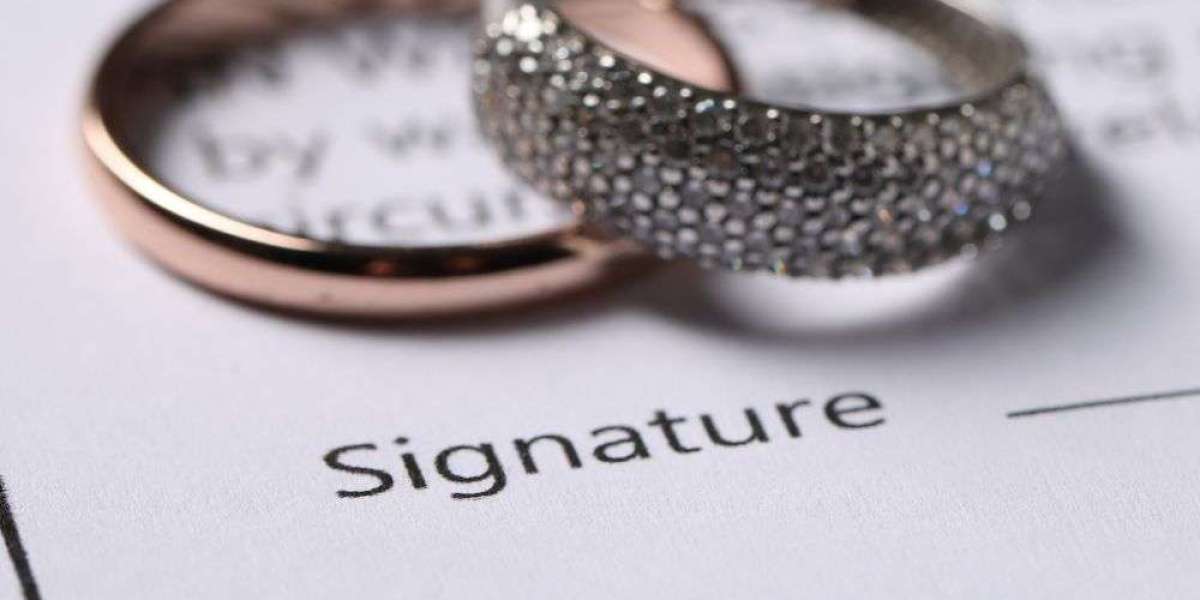If you’ve got an old car gathering dust in the driveway, a damaged vehicle after an accident, or a scrap car that doesn’t even start anymore, you might be wondering: is it worth anything at all? The short answer is yes. Even the most unwanted vehicle still holds value—just not always in the way you think.
Let’s break down what really determines how much you can get for your old or scrap car, what most sellers overlook, and how you can maximise your payout.
What Makes an Old, Damaged, or Scrap Car Valuable?
When most people think about selling a car, they only consider whether it runs or not. But the truth is, value goes beyond the condition of the engine.
A car’s worth is tied to several hidden factors:
The make and model – Some vehicles are in higher demand because parts are reusable.
The year of manufacture – Older cars can still carry value if they’re popular models or have rare parts.
The weight of the vehicle – Heavier cars mean more metal, which increases scrap value.
The demand for second-hand parts – A car that’s damaged but has salvageable parts can fetch more than a car that’s only good for recycling.
So, even if your car isn’t roadworthy, it could still be worth more than you expect.
Factors That Influence the Price
When car buyers make you an offer, here are the main things they look at:
1. Age and Condition
If your car is still drivable or only slightly damaged, you’ll usually get a higher price compared to a vehicle that’s completely written off.
2. Make and Model
Popular brands like Toyota, Nissan, Mazda, Ford, and Holden often attract better offers because their parts are in high demand. Rare European models can also fetch good returns if parts are expensive or difficult to source.
3. Demand for Parts
If your car has components like a working gearbox, catalytic converter, or engine that can be resold, the offer instantly goes up.
4. Scrap Metal Value
Even if a car is completely undriveable, it still has value in its metal. The steel, aluminium, and other materials can be recycled. Heavier cars generally bring in higher payouts.
5. Global Scrap Prices
The market for scrap metal changes just like any other commodity. When prices are high, sellers can expect better offers.
6. Location and Removal Costs
Where you live also makes a difference. Some regions offer better prices due to demand. On top of that, free car removal can save you hundreds compared to paying for towing yourself.
Average Cash Offers You Can Expect
Now comes the big question: how much money are we talking about?
Completely scrap cars (no working parts, just metal): around $150–$500.
Damaged but salvageable vehicles (with reusable parts): anywhere between $500–$4,000 depending on condition.
Old but still running cars: can fetch up to $9,000 or even more, especially for popular makes.
It’s important to remember these are ranges, not guarantees. Each vehicle is unique, and final offers depend on the factors mentioned above.
Common Mistakes Sellers Make (And How to Avoid Them)
Many people lose money on their unwanted vehicles simply because they rush into the first deal they get. Here are the most common mistakes:
Accepting the first quote – Always compare offers from at least two or three different buyers.
Not checking for licenses – Dealing with unlicensed operators is risky and could lead to underpayment or legal issues.
Leaving personal items in the car – It sounds simple, but many sellers forget to clear out belongings.
Guessing the value – Some owners think their old car is worthless, while others overestimate. Both approaches can cost you.
How to Maximise What You Get
Want to make sure you’re getting the best deal for your unwanted car? Here’s how:
Get multiple quotes – Don’t settle for the first number you hear.
Be honest about the condition – Accurate details help buyers give realistic offers.
Sell to licensed car buyers – This ensures a safe and legal transaction.
Know the market – Check scrap metal prices and demand for your make and model.
Take advantage of free car removal – It saves you money and adds more to your pocket.
The Hidden Benefits Beyond Cash
Selling an old, scrap, or junk car isn’t just about the money. There are extra perks that often get overlooked:
Free towing and pickup – No need to worry about moving a car that doesn’t run.
Less stress with paperwork – Licensed buyers handle the legal side for you.
Eco-friendly recycling – Your vehicle’s parts and materials are reused instead of ending up in landfill.
These benefits make the process quicker, cleaner, and more convenient than trying to sell privately.
Get a Quote Now Gold Coast:https://jimmycashforcars.com.au/cash-for-cars-gold-coast/
Conclusion
So, how much can you really get for an old, damaged, or scrap car? The answer depends on the car’s make, model, condition, and even the price of metal at the time. But one thing’s certain: your unwanted vehicle is never worthless.
By comparing offers, dealing with licensed buyers, and understanding what drives the value, you can walk away with a fair deal—sometimes even more than you expected.
If you’re ready to find out what your car is worth, it might be the perfect time to get a quote. After all, cash for unwanted cars is only a phone call away.



